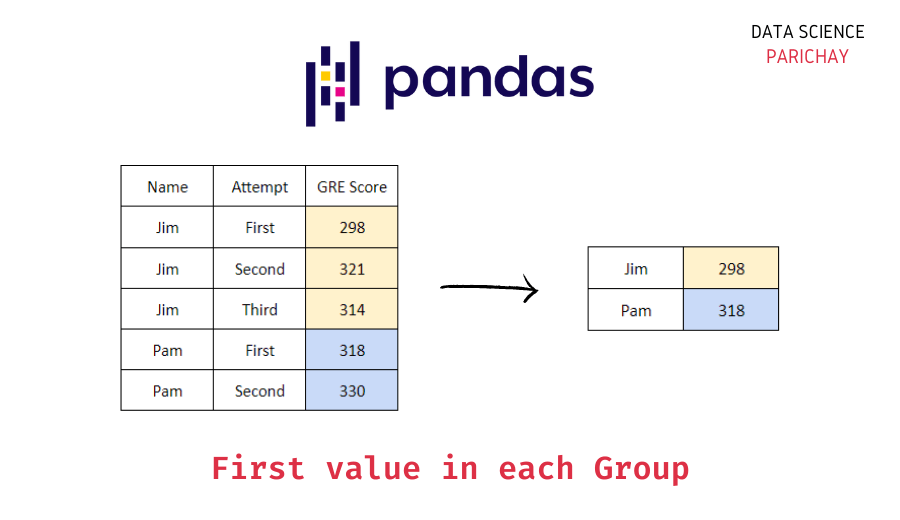| Виробник | Evolution Gaming |
| Кол-во линий | 2339 |
| Кол-во барабанов | 30 |
| Фриспіни | Так |
| Бонусний раунд | Так |
| Мобільна версія | Так |
| Гра на подвоєння | Відсутнє |
Грати в Asian Beauty (Азиатская Красавица) в онлайн казино:
Pandas DataFrame groupby Method - W3Schools
Pandas is one of the most popular libraries in Python. Pandas provide data structures, a large collection of inbuilt methods, and operations for data analysis.
How to GroupBy a Dataframe in Pandas and keep Columns
It’s made mainly for working with relational or labeled data both easily and intuitively. There are many in-build methods supported by the pandas library which enables you to quickly perform operations on a large dataset.

In this article, we will study how you can efficiently count the number of rows in pandas groupby using some in-build pandas library function along with example and output. When dealing with data science projects, you’ll often experiment with a large amount of data and keep trying the operations on datasets over and over. This is where the concept of groupby comes into the picture.
You can define groupby as the ability to aggregate the given data efficiently by improving the performance and efficiency of your code. Groupby concept mainly refers to: As pandas groupby refers to individual groups of a given dataset, what if you wish to count the number of rows present in each of these groups?
All Pandas groupby you should know for grouping data and performing.
Counting them manually is quite an infeasible and impossible task, and therefore, let us study some of the efficient methods which can help you with this task. Below are two methods by which you can count the number of objects in groupby pandas: The most simple method for pandas groupby count is by using the in-built pandas method named size().
It returns a pandas series that possess the total number of row count for each group. The basic working of the size() method is the same as len() method and hence, it is not affected by Na N values in the dataset. For better understanding, let us go through an example below: Consider the dataframe consisting of the bunch of students' names with respect to the subjects they study.

As a result, the output for the above example displays the count of rows for each group in the dataframe with respective to the subjects available.
Instead of the size() method, you can also use the pandas groupby count() method to count the values of each column in each group. Note that the number of counts is always similar to the row sizes if there is no presence of Na N value in the dataframe.
How to Calculate Correlation By Group in Pandas - Statology
Check out the below example for a better understanding of the pandas grouby count() method: For example: Looking at the above examples, you must have made up your mind to interchangeably use the size() and count() method while working with pandas groupby. However, note that both of these methods are quite distinct on their own. The count() function returns the number of values in each group, which may or may not be equal to the number of rows because any Na N values encountered by the count() method will be ignored in this case.
However, on the other hand, the size() method will get the actual number of rows for each group of dataframe irrespective of Na N values.

 1.Українська Вулкан
1.Українська Вулкан  2.Вулкан Клуб
2.Вулкан Клуб  3.GMSlots
3.GMSlots  4.MaxBet
4.MaxBet  5.Eldorado Club
5.Eldorado Club  6.Joycasino
6.Joycasino 




